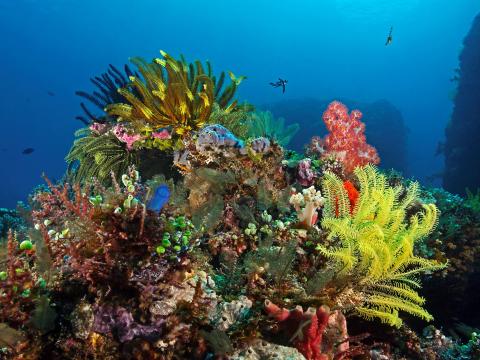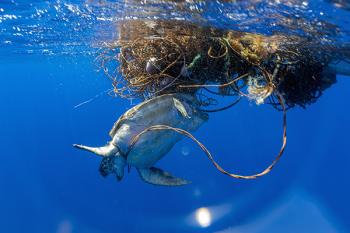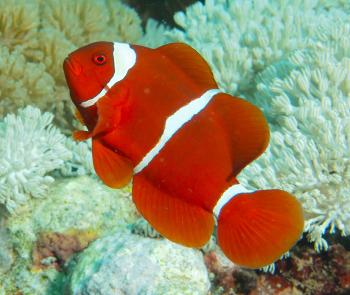Sea cucumbers are a tasty delicacy in some cuisines; informally named as “bêche-de-mer,” or “gamat,” they have long been used for food and folk medicine in the communities of Asia and Middle East. And some Pacific Islanders use the toxin in some species as a poison to help them catch fish. They also use the sticky parts of some species to help stem the flow of blood if someone is wounded.
Japanese cuisine considers the gonads of sea urchins, called Uni, a delicacy.
Now we’re encouraged to harvest urchins to protect the kelp forests along the west coast of North America.
Sea urchins have been used for decades for the study of embryology. Now they are also used as model organisms for the study of gene networks.
Biomimicry
Inspired by how cucumbers can change their bodies from soft to hard, scientists have created a new plastic.
Sea urchins’ intricate mouth and teeth, called Aristotle’s lantern, are a bioinspiration for a mechanical grabbing device.






















